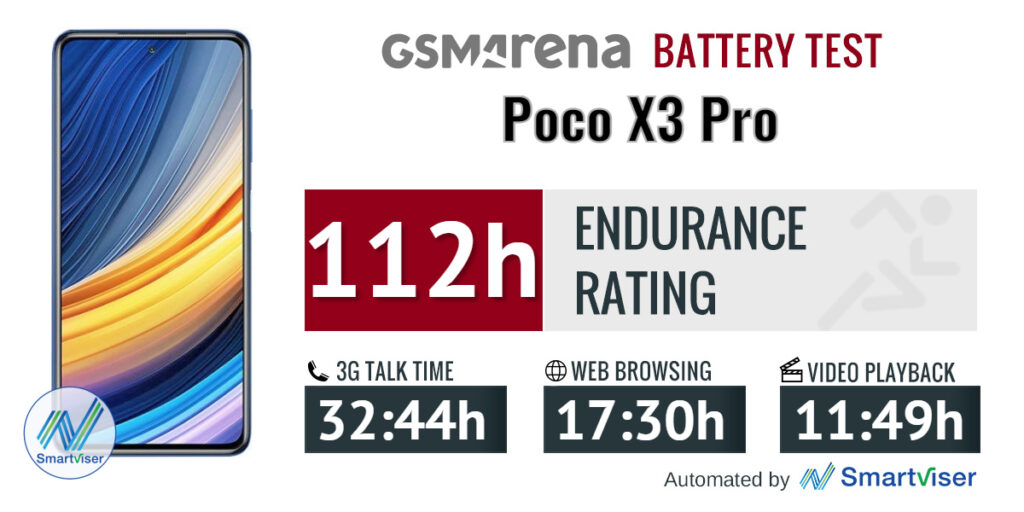Increase Your Website Speed
As technology improves, people have become less patient. They want their experience unhindered so they can effortlessly receive the information they were searching for. A one-second delay leads to 11% fewer page viewers, a 16% decrease in customer satisfaction and a 7% loss in conversions. Moreover, Google takes speed into consideration when ranking sites meaning that your load time will influence how fast users will be able to find your site in the first place.
One of the most common projects we get at Sharp Tack Media is wordpress speed optimization as the platform by default can be slightly bulky. We have found that by optimizing the speed we can usually help our clients dramatically increase their conversions with nothing else done.
With the impact of a slow website out of the way, let us take a look at how you can improve your website’s speed.
Simple But Effective Speed Optimization Tips
- Minify your CSS and JavaScript files. This involves getting rid of comments, extra spaces and extra line breaks in order to make your code lighter. This reduces the file size and makes it easier to download them, increasing your site’s speed considerably. Fortunately, this does not have to be a manual process as there are a number of ways to minify files if your site runs on WordPress. These include plugins like WP Rocket and similar minification plugins.
- Browser caching. A website’s speed can also be greatly improved by enabling caching. Simply put, caching is the technical term for storing data in a temporary storage area. It allows assets on your website to be downloaded to your hard drive once into a cache, making them available on your system, which allows subsequent page loads to increase in speed.
- Use a CDN (Content Delivery Network). Hosting your media files on a CDN is one of the best ways to speed up your website. A CDN is a worldwide network of servers that allows you to duplicate and store your site’s media elements. These elements are then made available to visitors from a server closest to their physical location. If your website is, say, hosted in a server in the US, visitors from other parts of the world will have a long wait before the content reaches their browsers. Having a CDN will reduce this time drastically since the content will be provided by a local server closest to them instead of from across the world.
- Compressing images and optimizing files goes a long way in speeding up a website. Most people tend to download images from a stock photo without taking into consideration their size and optimizing the image for the web. This sometimes leads to the image loading way later after the page renders. Running large images through optimization software or compressing the image file using Adobe Photoshop is a great way to help reduce the size of your image and improve a site’s overall speed.
- Compress your website using gzip. Gzip works by compressing your files into a zip file which is faster for the user’s browser. The user’s browser then unzips the file and shows the content, saving on a lot of time.
With mobile internet usage soon expected to overthrow desktop usage, there has never been a better time to invest in increasing your website’s speed. Not just for ranking well with Google, but for increasing profits.








